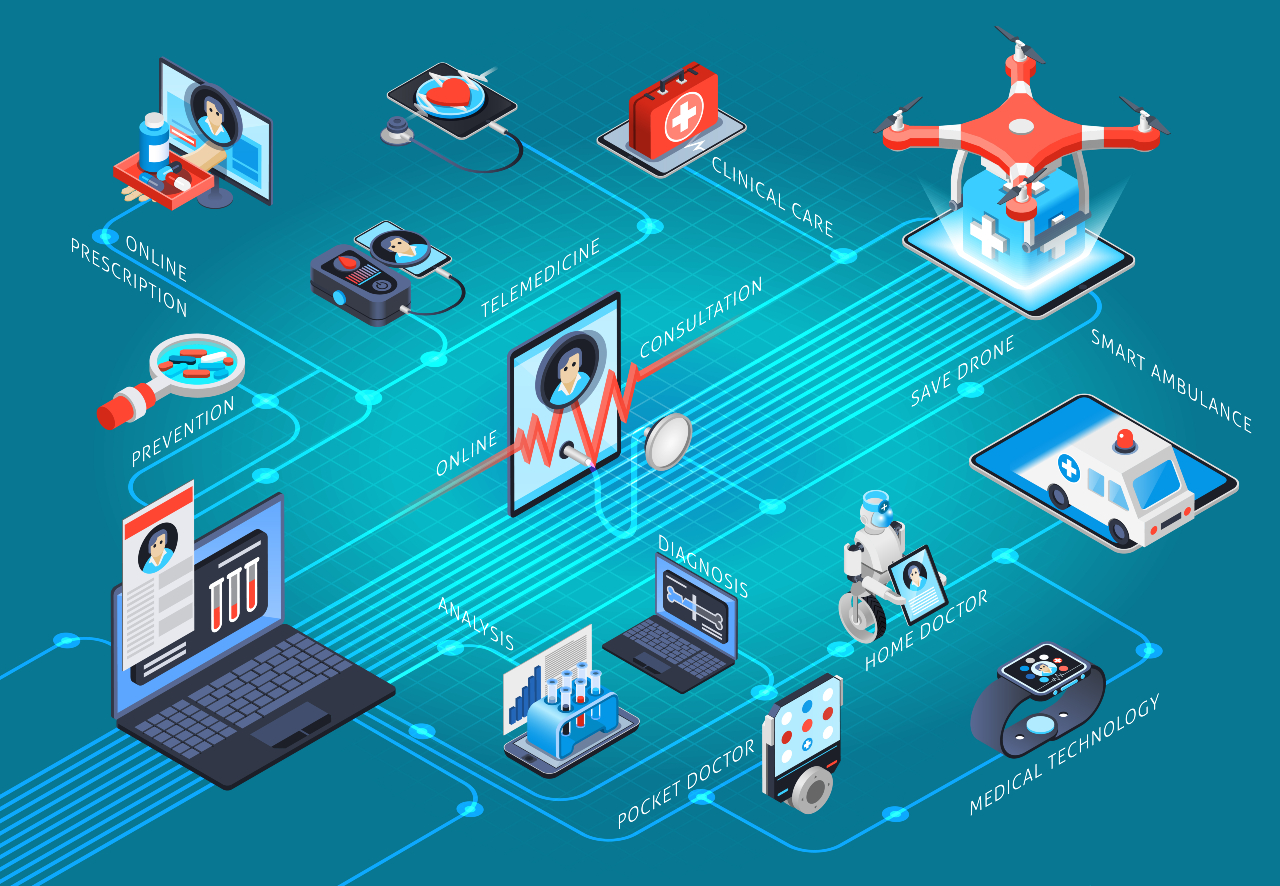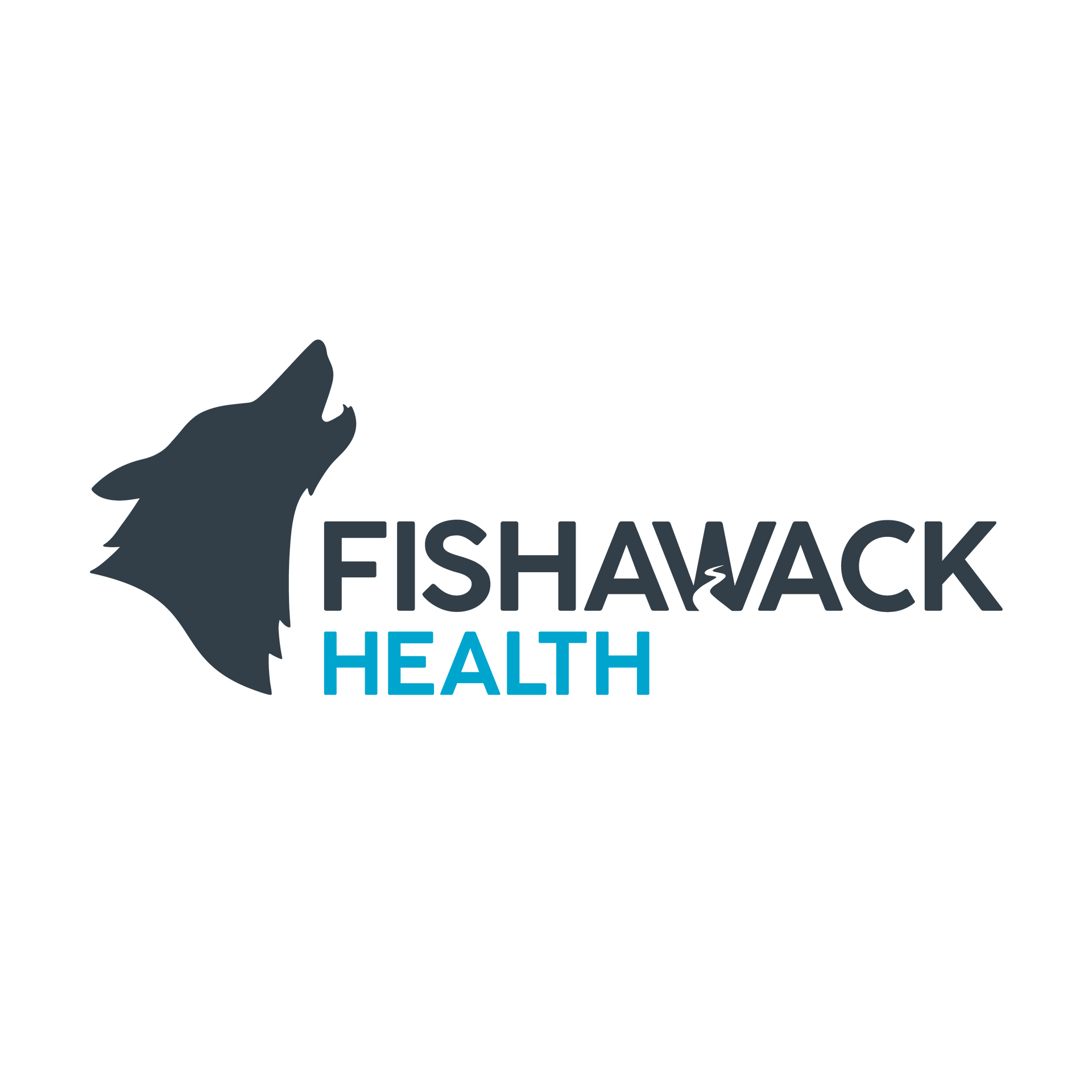The prevailing desire uniting patients, HCPs, and payers: a connected customer experience

You’ve surely heard healthcare bemoaned as a slow-moving industry, slow to innovate, and even slower to adopt new technology. That has certainly been true, and for valid reasons. But it’s this very point that made the industry ripe for disruption.
In comparison with other verticals, healthcare is rapidly increasing in complexity. There are more therapies to choose from and different kinds of treatments such as cell and gene therapies that require entirely different engagement models. Additionally, there is complexity in delivery settings, with sites of care changing and services increasingly delivered in communities or via pharmacies. New non-traditional entrants to the market—think Apple, Amazon, or even Best Buy for that matter—have forever altered the competitive set. Healthcare providers are overwhelmed, stretched thin, and frequently burned out as they navigate these changes. And patients, while increasingly empowered, still struggle to meaningfully engage in decision-making. Add to this growing complexity a tightening regulatory environment, and what results is a stubborn stasis caused by constraining the very dynamics of agile innovation necessary to meet the many challenges.
For these reasons and more, changes and advancements in the US healthcare industry moved slowly until COVID-19 forced an accelerated disruption of many aspects of healthcare in the United States and around the world.
COVID-19 has largely sped up the digital transformation of healthcare, boosted innovation, and put the human-centric experience of healthcare front and center. Perhaps counter-intuitively, during the pandemic, more choices and options opened up to patients and providers in the United States. These changes are here to stay.
We see it across stakeholders—no one will be left unchanged in the post-pandemic world. This includes patients, healthcare providers, and payers.
Patients
Patients are more informed and more involved in their health and wellness than ever before, and this has changed how they want to receive and consume care. Today, they have more choices and more information available at their fingertips; this was unthinkable even a decade ago. Patients can now access care on-demand through virtual visits and telemedicine. In fact, telehealth utilization was 38 times higher at the end of 2021 than it was pre-pandemic. They can order their own lab work through at-home testing kits or directly through nationwide laboratory chains and monitor their vital signs and important health stats through wearables that track heart rate, blood oxygen level, sleep quality, even fertility, and sun exposure.











